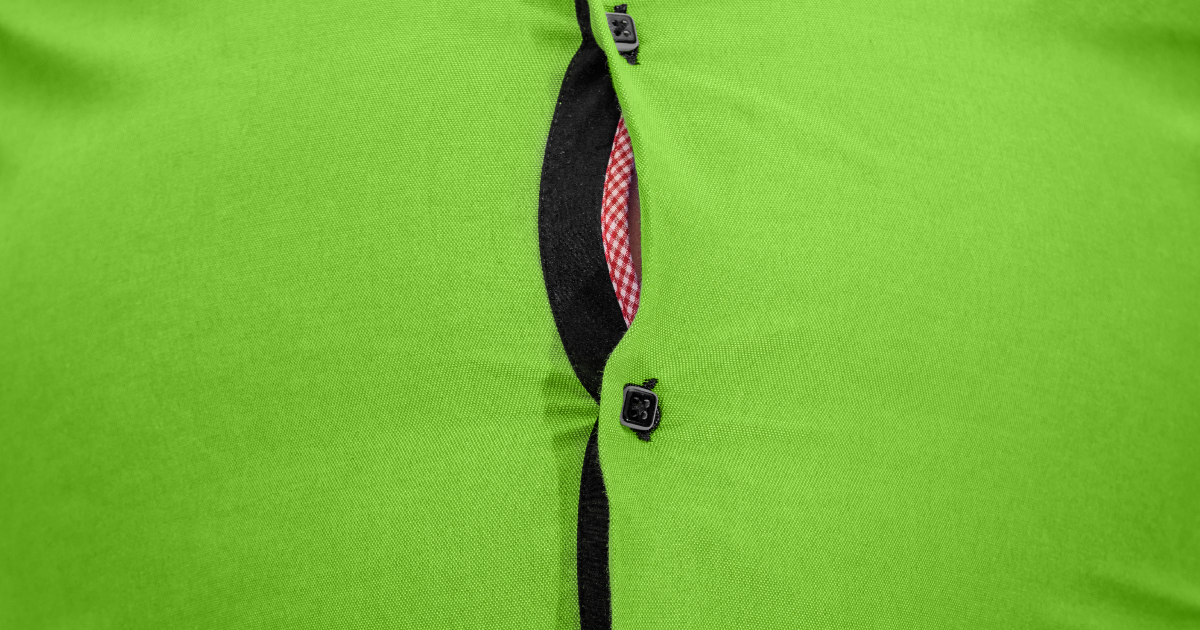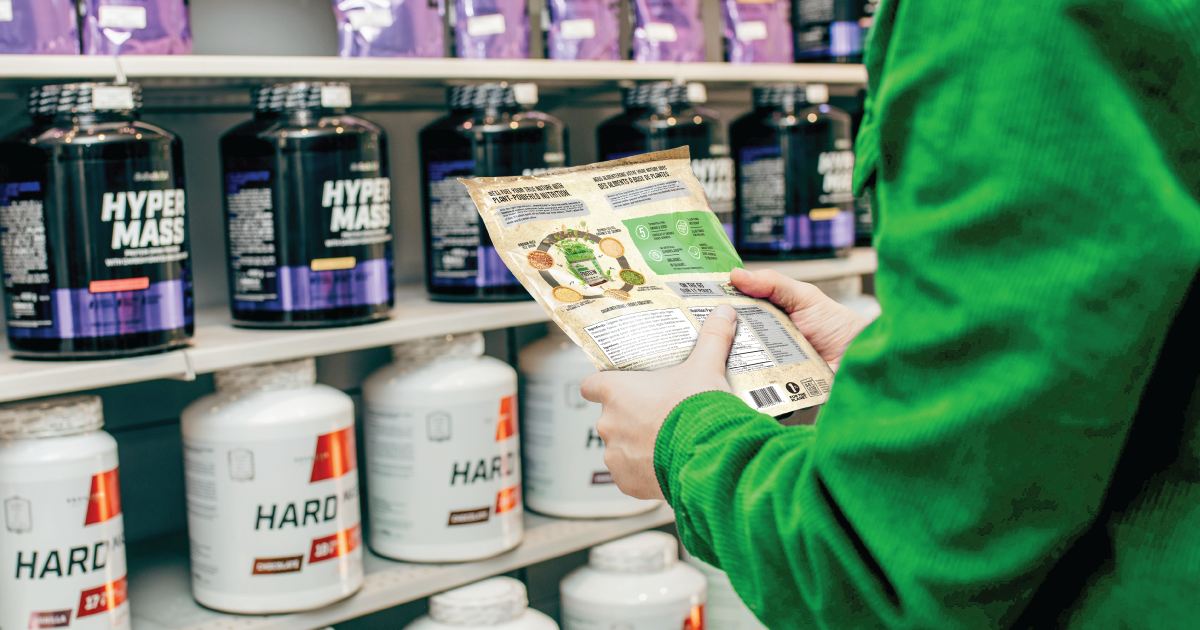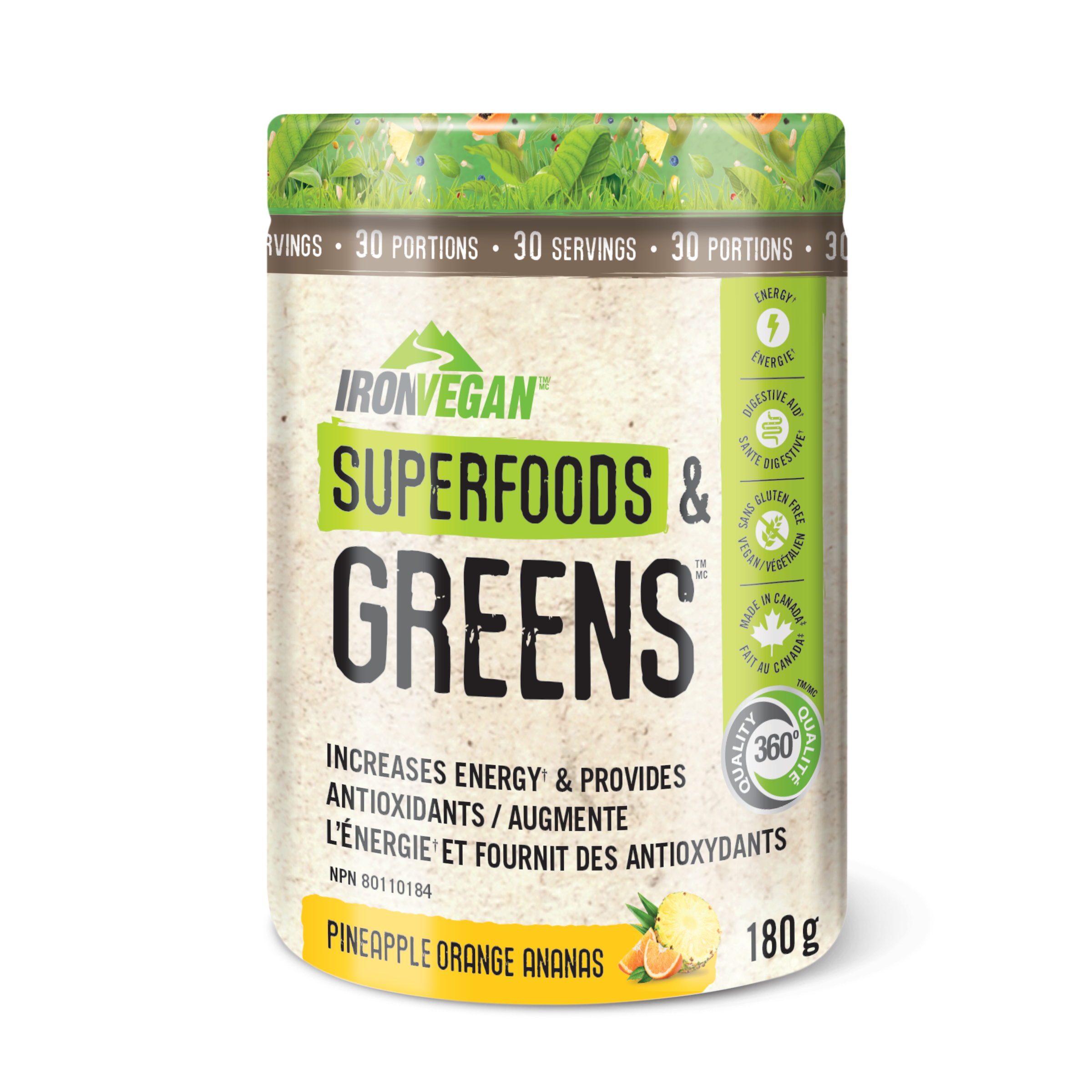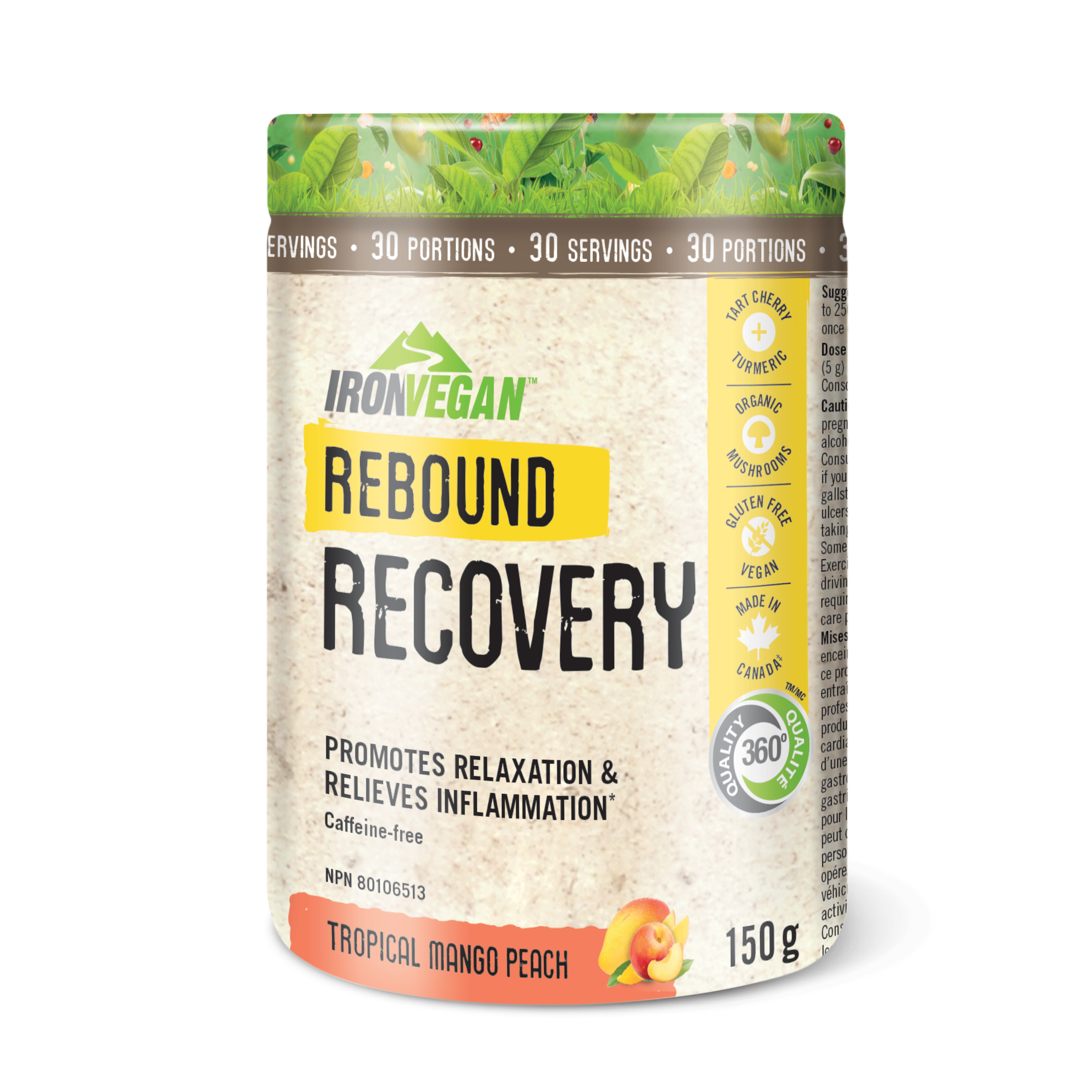Written by Iron Vegan
Sprouting increases nutrient absorption (vitamin B21, iron, magnesium, zinc), makes food easier to digest, increases protein availability, fibre content, and so much more!
You can easily reap the nutritional benefits of super seeds, nuts, grains and legumes by sprouting at home. Fortunately, it’s very simple, inexpensive and requires very little space. In fact, sprouts are one of the easiest foods you can grow indoors, and you don’t even need sunlight or a green thumb to get started! There are many foods that can be sprouted, including mung beans, lentils, chickpeas, quinoa, alfalfa, broccoli, millet, black beans, barley, soybeans, buckwheat, and more. Pick one or two to get started and watch them grow!
When choosing your seeds, nuts, grains, and legumes for sprouting, it will always be healthier to opt for organic– to avoid any synthetic fertilizers and chemicals. Your local health food store will likely carry a variety of sprouting options. Look for seeds that are intended for sprouting purposes. To get started all you need is a wide-mouthed mason jar, a piece of cheesecloth (or natural fabric) to cover the mason jar, and an elastic band to fasten the cloth to the lid of the jar – that’s it! Now just a few simple steps to enjoying fresh sprouts all year round.
Step 1: Soak
Place the seeds in a clean mason jar, about 1/3 full, and fill with cool water. A good rule of thumb would be to use three parts water for one part seed. Give the jar a swirl to ensure all the seeds are wet. Place the breathable fabric on the lid of the jar and secure it with the rubber band. Place the jar on the counter on in a cupboard and let the seeds soak for 4-12 hours, depending on the type of seed.
Step 2: Drain and Rinse
After your seeds have soaked for the required time, they are now ready to be drained. Remove the rubber band and cloth, place a fine-mesh colander in the sink and pour the water and seeds into the colander to drain. Give the seeds a good rinse. Add more fresh water to the jar and swirl it around to rinse it out as well. Shake out as much water from the seeds as you can and carefully transfer them back into the jar. Fasten the cloth to the lid again with the rubber band. This time prop the jar upside-down on an angle where the water can drain – place the jar inside a bowl on your countertop or back into the cupboard.
Step 3: Rinse and Drain…again and again!
From now on, your seeds will need to be rinsed and drained twice a day. You can skip the colander and simply do this process using the cloth lid as the strainer. Rinse with fresh, cool water and drain, then prop the jar back up in the bowl. You will likely need to empty the water that has collected in the bowl, too.
Most seeds will begin to form baby sprouts within a couple days, but it may take up to 4-5 days for the sprouts to grow long shoots (the white tail at the base), which is when most people tend to prefer eating them. Repeat the rinsing and draining process twice per day until the sprouts reach your desired length.
Step 4: Store and Enjoy!
Give your sprouts one last rinse and drain, then transfer them onto a clean absorbent paper towel to let them air dry for about an hour before storing. Keep your fresh sprouts in a clean airtight container lined with paper towel in the fridge and consume them within a few days.
You can add them to a variety of meals, like stir-fries, soups, salads, and sandwiches, or simply enjoy them raw!








